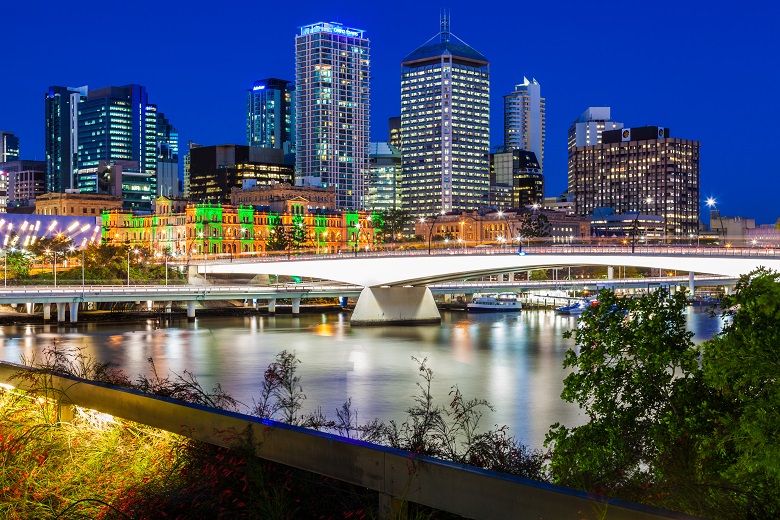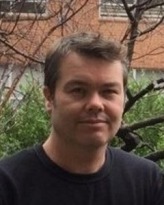
Brisvegas, Shagger’s Ridge, Osty, Mullum, Freo, The Gong. If it’s a place and it’s in Australia, you can bet it’s got a nickname.
The Australian National Dictionary Centre has launched an appeal for place nicknames as it builds the nation’s first database of the unique monikers Aussies have bestowed on the places they live in, drive past, or visit for holidays.
In the week since the centre first made the callout about 1000 unique nicknames have been added to the database, ANDC editor Mark Gwynn says.

Australians have a long-standing love affair with nicknames, which Mr Gwynn says may go back to convict times when the use of informal language may have reflected a move away from the stratified UK class system.
“It references a kind of informality, a way that lets us communicate more informally with each other,” he told Government News.
Australians’ habit of adding suffixes to words, or abbreviating them, is mirrored in place nicknames like Freo (Fremantle), Osty (Austinmer), Brissie (Brisbane), Wello (Wellington), Mullum (Mullumbimby), The Gong (Wollongong) and The Doo (Humpty Doo).
Some nicknames hark back to early settlement, such as Vandemania (Tasmania). Steak ‘n’ Kidney using rhyming slang popular in the 1940s as a substitue for Sydney, while Razorhurst had origins in Darlinghurst’s razor gangs of the 1920 and 30s.
Some nicknames are derogatory or ironic, like Brisvegas, Gateway to Queenbeyan (Canberra) or Marry Your Brother (Maryborough), though often theses become widely adopted as a badge of honour, and used with the affection and pride.
“Quite a lot people in Brisbane don’t like ‘Brisvegas’, but some do,” he says. Some nicknames reflect political and cultural trends, like Brisvegas or the People’s Republic of Brunswick, or refer to geographical or agricultural features, like The Top End or The Apple Isle.
Others demonstrate a larrikin play on words, like Shaggers Ridge (Rooty Hill), Happy Rock (Gladstone) and Sheep Dunny Cow Dunny (Woolloomoolloo).
Mr Gwynn says it’s hard to trace the exact origin of place nicknames although Spike Milligan was the first to call Woy Woy “the world’s biggest above ground cemetery” and former PM Paul Keating famously dubbed Australia “the arse end of the world”.
Mr Gwynn says nicknames can give residents and local authorities a sense of ownership and pride in their hometown, and can help local government sell an image.
“I’ve had a few people saying that they never actually use the official name,” he said. “A lot of these places are quite proud to have the nickname. It’s a way that places can sort of promote themselves.”
‘Tassie’ gives community more say on place names
It comes amid moves by the Tasmanian government to “empower the community” to have a say on place names.
The state government has introduced legislation aimed at modernising the current naming system with the establishment of a Place Names Advisory Panel to replace the Nomenclature Board and the establishment of new guidelines.
Members of the community will be able to nominate to join the panel, acting primary industries and water minister Jenny Rockliff says.
“The draft bill builds on the extensive stakeholder consultation undertaken in 2017 on the options for modernising the naming of places in Tasmania,” she said.
ANDC Director Dr Amanda Laugesen says the centre is still keen to hear more place nicknames which can be made via the centre’s Facebook page or tweet @ozworders.
Comment below to have your say on this story.
If you have a news story or tip-off, get in touch at editorial@governmentnews.com.au.
Sign up to the Government News newsletter
Most read
Scathing report finds little has changed at PwC
Qld council welcomes progress on massive battery system
Inquiry to consider how federal govt can address councils’ sustainability issues
‘Local’ procurement turns out not to be so local, committee hears
Another report finds local government falling down on cyber security